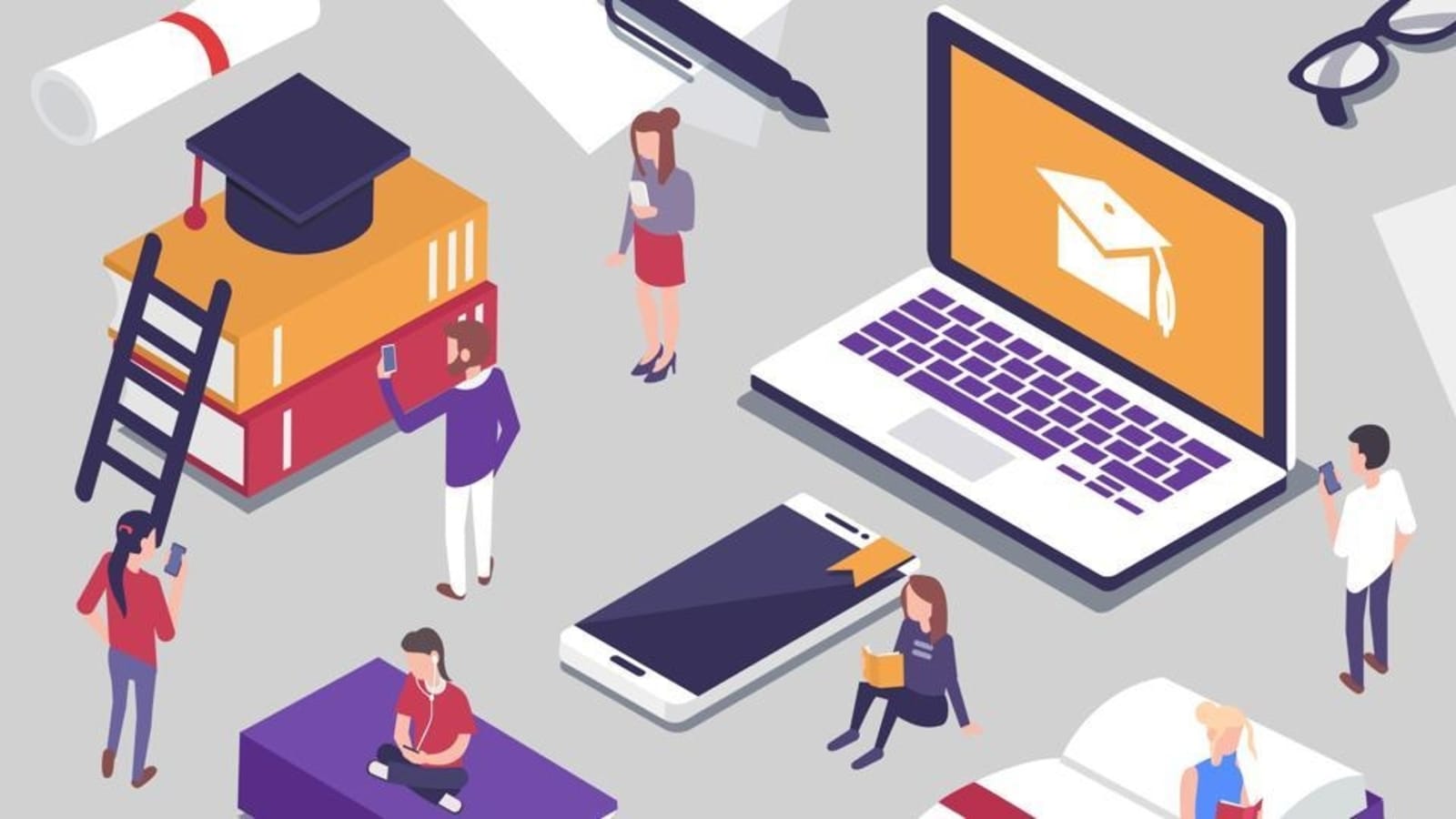
Key trends shaping the higher education in 2022
The world of education continues to evolve and transform with the advancement of technology, the beginning of the Fourth Industrial Revolution and the global pandemic. All these have had a tremendous impact on the educational sphere across nations, leading to numerous growing trends in the learning space.
Technology has undergone countless changes over the years making it a beneficial asset for various sectors in society. It has become imperative for educators to properly engage their students; they must remain abreast of these latest technological, pedagogical changes and key factors that affect learning in the classroom.
As educational institutions, teachers and students prepare themselves for 2022, let’s take a look at the key five emerging education trends to watch out for in 2022 for the post-pandemic recovery.
1. The rise of Hybrid Delivery in 2022 and beyond
While digital and hybrid programs were gaining momentum even before the COVID-19 pandemic, 2020 and 2021 have witnessed an explosion in digital course offerings. Though post-secondary institutions are now transitioning back to in-person classes, the accessibility of online and hybrid courses will continue to dominate conversations around programme development and recruitment over the next decade.
For educational institutions, online and hybrid courses offer an opportunity to influence a wider audience without necessitating significant additional physical infrastructure. Online learning environments can also offer an avenue to deliver introductory and transitional courses that assist students to prepare for their full-time on-campus studies. In the short term, hybrid courses across various streams like Biotechnology, Chemical Engineering Technology, Environmental Technology and more, allow education institutions to abide by classroom capacity and social distancing requirements without negotiating course timelines.
2. Increased use of technology-based interventions
The growth of technological capabilities means that a plethora of media and learning-support tools are here to help students receive a high-quality education online.
The advent of the digital classroom and technology-infused instruction on platforms offers opportunities for teachers to make use of discussion boards, video chats, audio and video feedback on assignments, and other tools as provided in most learning management systems. The online nature of these courses has improved the ability of teachers to use different styles of learning.
On the other hand, students get the flexibility to watch lectures live or recorded versions later. Learning management systems also make it easier for instructors to track how their students’ progress throughout the course. They can see how students engaged with the broadcast and recorded classes, and use this efficient tracking system to offer more timely coaching as needed by individual students.
3. Artificial intelligence in the classroom
Artificial intelligence and augmented reality when added in the classroom, learning becomes more fun, engaging and experimental. These technologies permit students to “get out” of their classrooms and explore possibilities from a distance. Instead of having access only to new and innovative concepts through textbooks, students will be able to experience them through evolved interactions and virtual spaces.
The presence of technology in classrooms has grown phenomenal in the last decade, promoting student learning in and out of the classroom, while preparing them for their careers. As we enter a new decade, these technologies will continue to expand the concept of student learning, with integrated and interactive learning experiences facilitated by digital technology.
4. Soft skills training is a must
Critical thinking, problem-solving, people management, and creativity will continue to be the most preferred skills in the workplace. Employers want to see emerging professionals make hard decisions and showcase their leadership abilities.
The institutions that uncover quality formulas for encouraging the development of these skills and making students more employable will have a competitive advantage within higher education. In my opinion, every education institution must offer requisite training to help students nurture and grow in the soft skill areas.
5. Facilitating learning versus teaching
As digital classrooms have grown, it has also changed how teachers relate to their students in the classrooms. Teachers have now become the facilitators of education. They are evolving into a position where they help students understand how to learn, to love learning, and how to uncover and understand the information they find.
While learning has become easily accessible and convenient, the aspirations have also moved a notch higher. Modern technology and new trends in education provide us with solutions for every crisis as we’ve all seen during the global pandemic. Students have been able to establish connect virtually with one another and continue their studies. Not too long ago, we could not have imagined something like this.
Needless to say, it is important to recognize that we have to prepare our students for the future of work and the nature of the future of work will be different. Some of the globally emerging job roles are Data Analysts and Scientists, AI & Machine Learning Specialists, Big Data Specialists, General and Operations Manager, Digital Transformation Specialists, Organizational Development Specialists etc. The important question we need to ask ourselves is, how well are we preparing students for the change?
Stay connected with us on social media platform for instant update click here to join our Twitter, & Facebook
We are now on Telegram. Click here to join our channel (@TechiUpdate) and stay updated with the latest Technology headlines.
For all the latest Education News Click Here
For the latest news and updates, follow us on Google News.

